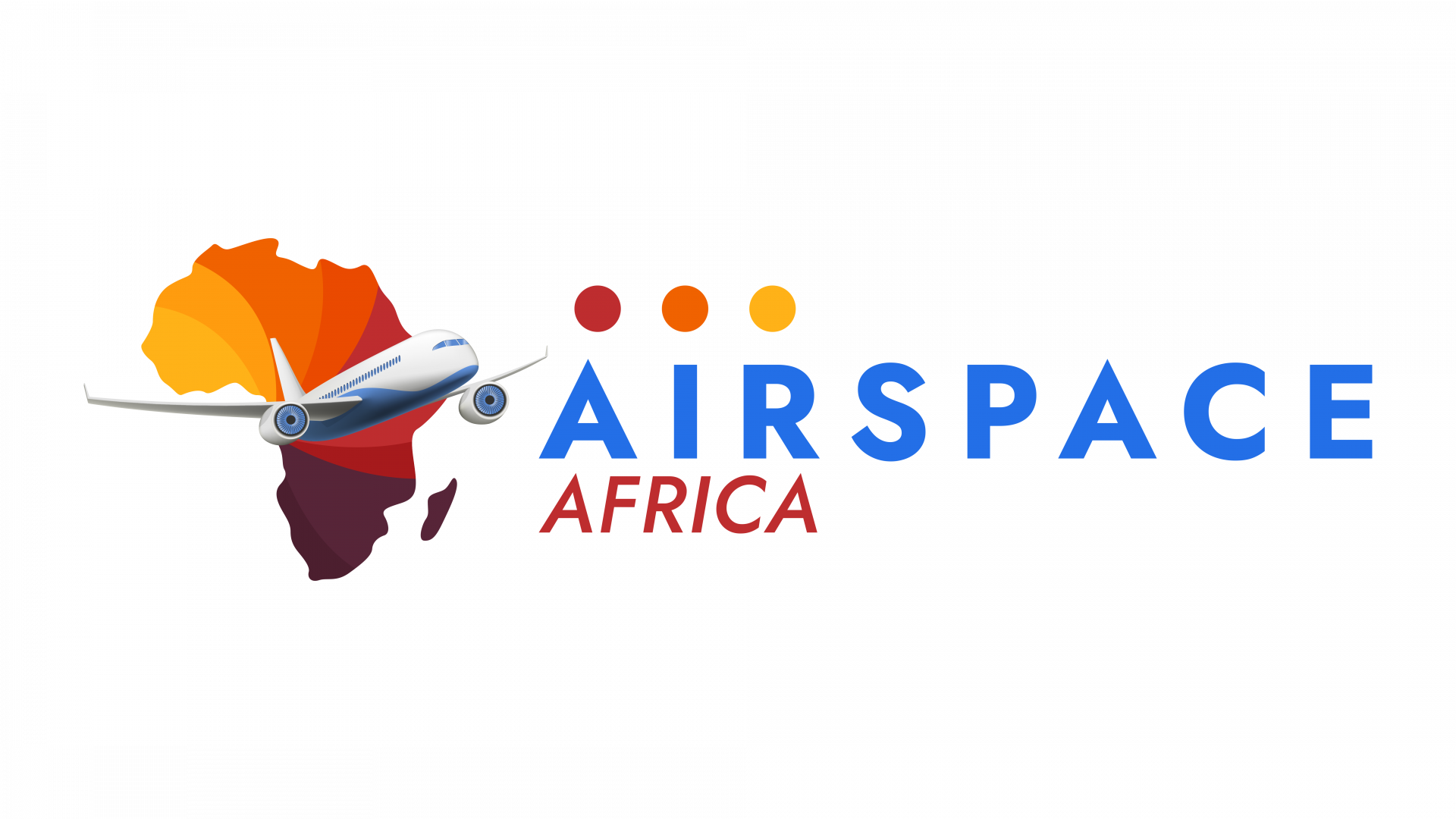Kenya Airways is planning to raise at least $500 million in fresh capital by the first quarter of 2026 to support fleet expansion and improvements, following a sharp reversal into losses during the first half of this year.
The airline reported a pretax loss of KSh 12.17 billion ($94 million) for the first six months of 2025, compared with a profit of KSh 634 million during the same period last year.
CEO Allan Kilavuka attributed the weak performance to reduced capacity after three Boeing 787-8 Dreamliners were grounded for maintenance. With fewer aircraft in service, revenue dropped to KSh 74.5 billion, down from KSh 91.5 billion in the first half of 2024.
“One of the Dreamliners returned to service in July, and we are working to ensure the full fleet is operational next year,” Kilavuka told investors during a briefing.
Kilavuka confirmed that the airline is targeting a minimum of $500 million in new capital, with the process to identify funding sources and secure shareholder approval expected by the first quarter of 2026.
“We’ve said the minimum that we are gunning for is about half a billion dollars. That will address the fleet expansions that we’re looking for,” he said.
The capital injection is intended to restore growth momentum, modernize operations, and strengthen Kenya Airways’ regional and international competitiveness.
The results mark a setback for the airline, which posted its first half-year profit in more than a decade in 2024 and ended that year with a pretax profit of KSh 5.53 billion, a dramatic turnaround from a loss of KSh 22.86 billion in 2023. That improvement had been largely driven by foreign exchange gains, thanks to a strong Kenyan shilling.
But with the latest loss, questions are mounting over the airline’s ability to sustain profitability without significant restructuring and new capital. Kenya Airways has a history of financial turbulence, entering insolvency in 2018 after an overambitious expansion strategy left it saddled with hundreds of millions in debt. The airline has since relied heavily on government support, including a $150 million state-backed loan repayment in January.




Comments are closed.